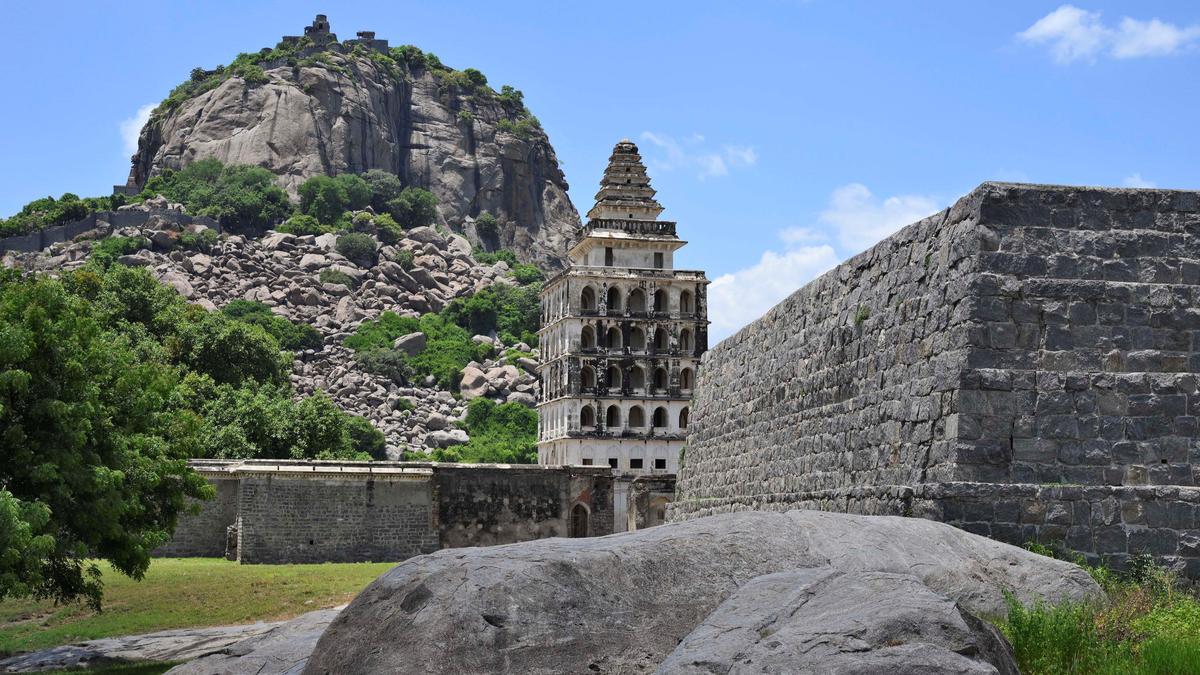Narasapur Crochet Lace Craft

- 25 Nov 2024
In News:
The Narasapur crochet lace craft, which has been a significant part of the cultural and economic fabric of the Godavari region in Andhra Pradesh, has recently been granted the prestigious Geographical Indication (GI) tag. The GI tag, registered by the Department of Promotion of Industry and Internal Trade (DPIIT) on March 1, 2024, acknowledges that this unique craft is geographically linked to the West Godavari and Dr. B.R. Ambedkar Konaseema districts in the Godavari region.
Key Details:
- Historical Background:
- The origins of the Narasapur crochet lace craft date back to 1844, when Macrae and his wife from Scotland introduced the lace-making technique to local women while they were associated with a Christian missionary in Dummugudem (now in Telangana).
- Over time, the craft became a crucial part of the region’s heritage and survived significant historical events like the Indian famine of 1899 and the Great Depression of 1929.
- Craftsmanship:
- The crochet lace is produced using thin threads and delicate crochet needles of varying sizes, resulting in intricate designs.
- The products made include doilies, pillow covers, cushion covers, bedspreads, table runners, and tablecloths, among others. These items are often exported to international markets like the US, UK, and France.
- Economic and Social Impact:
- The craft is predominantly carried out by women artisans, with over 15,000 women involved in its production. The GI tag is expected to revitalize the industry, especially after its stagnation due to the COVID-19 pandemic and competition from machine-made lace from China.
- The craft is also an important part of the Alankriti Lace Manufacturing Mahila Mutual Aided Co-operative Societies’ Federation Limited, which supports local women artisans and has revived operations at the Alankriti Lace Park in Narasapur.
- GI Tag Benefits:
- The Geographical Indication tag serves to protect the authenticity of the lace products, boost demand, and ensure better market recognition.
- It provides legal protection to the traditional craft, preventing unauthorized use of the term "Narasapur lace" by others and promoting the region's cultural heritage and economic growth.
- Future Outlook:
- With the GI tag, there is hope for increased demand for Narasapur lace products both in domestic and global markets, thus offering a fresh avenue for artisans to revive and sustain the craft.
- Alankriti Federation and other stakeholders are optimistic that the GI tag will significantly revitalize the local economy and empower women in the region.
GINGEE FORT PROPOSED FOR UNESCO WORLD HERITAGE SITE

- 24 Sep 2024
In News:
Recently nominated for UNESCO’s World Heritage Site status, Gingee Fort is part of the Maratha Military Landscapes of India, which encompasses 12 historical sites, primarily located in Maharashtra, with Gingee being the sole representative from Tamil Nadu. The nomination highlights the fort’s historical importance, unique military architecture, and its integral role in Maratha military history.
Significance of Gingee Fort
Gingee Fort, often referred to as the "Troy of the East," stands as a crucial historical monument in Tamil Nadu. Perched atop three prominent hillocks—Rajagiri, Krishnagiri, and Chandragiri—it has served as a significant stronghold for numerous empires throughout Indian history, including the Vijayanagar Nayaks, Marathas, Mughals, French, and British. This fortification exemplifies India’s rich and diverse historical legacy.
Unique Features
The fort complex spans 11 acres and boasts an array of significant structures, including:
- Kalyana Mahal: An eight-storey royal residence.
- Durbar Hall: A ceremonial hall for gatherings.
- Stepped Well and Cannon: Examples of advanced engineering and military use.
- Clock Tower and Armory: Reflecting its historical military significance.
- Elephant Tank and Stables: Indicating its use for royal elephants.
- Temples and Mosques: Including the Venkataramana Temple with intricate carvings and the Sadathtulla Mosque.
Additionally, the fort features advanced water supply systems from various historical periods, ensuring adequate resources for its inhabitants.
Historical Timeline
The origins of Gingee Fort trace back to 1200 CE when built by Ananta Kon of the Konar Dynasty. The fort underwent significant renovations under the Vijayanagar Empire. Key historical events include:
- 1677: Captured by Chhatrapati Shivaji, it remained under Maratha control until 1698.
- 1698: Came under Mughal possession, later ruled by the Nawabs of Arcot and briefly by the French.
- 1750-1770: Occupied by the French before falling to the British.
This timeline reflects the fort's strategic and cultural significance across different dynasties.
Nomination Process for UNESCO
The process for securing UNESCO World Heritage Site status involves rigorous evaluation. Experts from UNESCO and the International Council on Monuments and Sites (ICOMOS) assess the site's historical significance, conservation state, and management strategies. A visit to Gingee Fort is scheduled as part of this evaluation, with a recommendation expected for the 2025 World Heritage designation.
Preparation of the Nomination Dossier
The Development and Research Organisation for Nature, Arts and Heritage (DRONAH) prepared the nomination dossier, aligning with UNESCO’s operational guidelines. This comprehensive document details the fort's historical context, conservation status, and management strategies, aimed at demonstrating its outstanding value for humanity.
